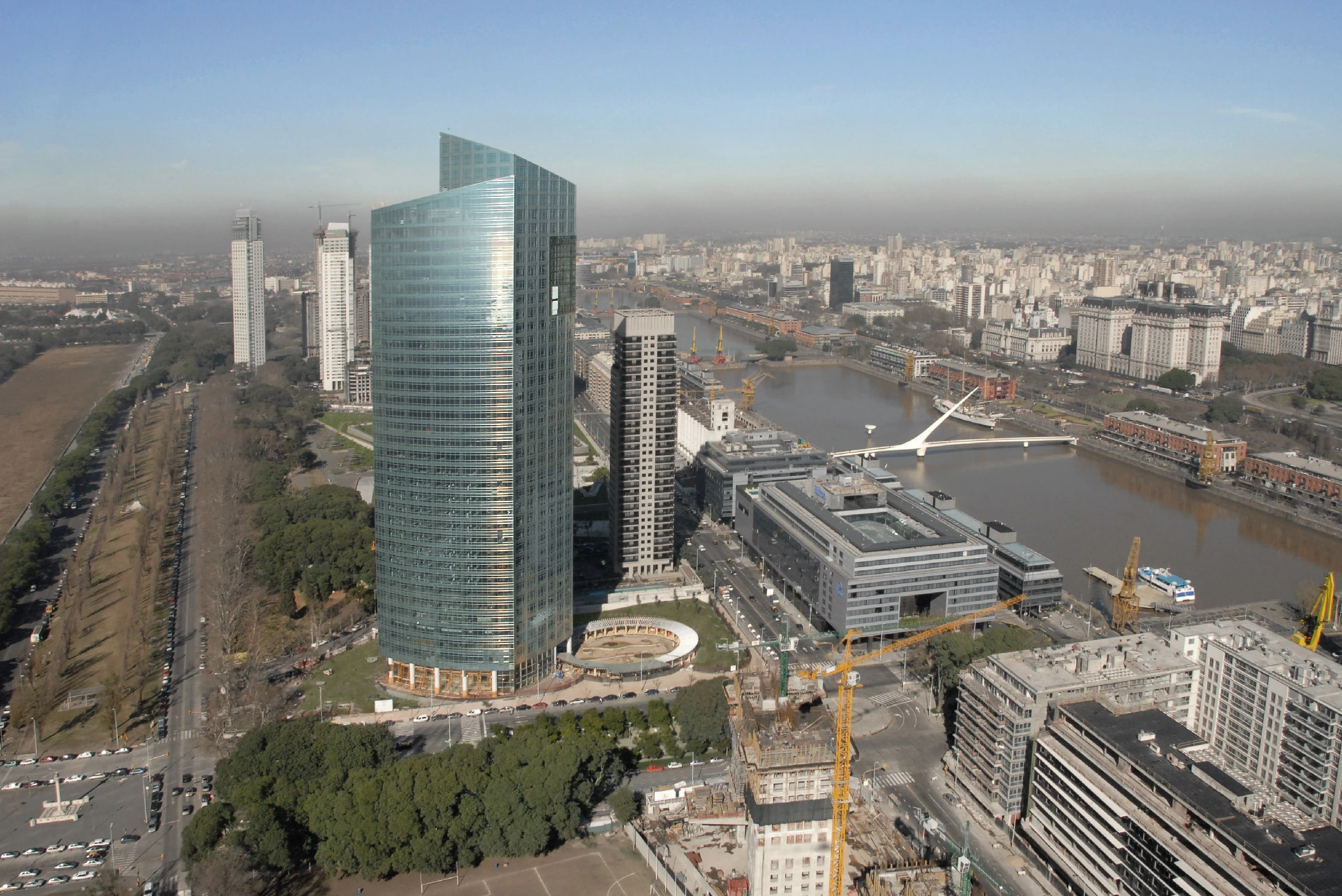
[ad_1]
Simply earlier than a significant political shift, Argentina’s semi-state oil firm YPF has applied a 30% improve in gasoline costs nationwide.
Different oil corporations in Argentina have additionally elevated their costs. YPF leads the market, with a 55% share in gasoline retail.
It introduced the biggest worth rise amongst all gasoline distributors in Argentina. Common gasoline costs went up by 30%.
Premium gasoline noticed a 26% improve. Diesel costs rose by 31% and premium diesel by 22%.
In Buenos Aires, the capital, new costs are in place. Common gasoline prices 404 Argentine pesos per liter, round $1.10.
Premium gasoline is now 499 pesos, about $1.36. Diesel prices 431 pesos, roughly $1.18. Premium diesel is 543 pesos per liter, almost $1.49.
This worth hike occurs two days earlier than Javier Milei turns into Argentina’s new president.
The rise is a part of a pattern. As an example, Raizen, working underneath Shell, lately raised its costs by 15%.
Since final August, YPF has elevated gasoline costs by a mean of 63%. Télam, the state information company, reported this truth.

Raúl Castellano, head of the Chamber of Gas Entrepreneurs, defined the explanations. He was quoted in native information.
The rise is because of delayed worth changes. This yr, gasoline costs haven’t saved tempo with inflation, lagging by 35%.
Background – YPF Leads 30% Gas Value Surge in Argentina
Evaluating Argentina’s gasoline costs with neighboring international locations reveals attention-grabbing contrasts.
Nations like Brazil and Chile typically have completely different pricing methods, influenced by their very own financial situations and power insurance policies.
Argentina’s gasoline costs, post-hike, are actually extra aligned with regional developments, suggesting a transfer in the direction of market-driven pricing.
This shift in the direction of greater gasoline costs may goal to scale back the fiscal burden of subsidies.
Argentina has struggled with excessive inflation charges, and aligning gasoline costs with market realities might be a step in the direction of financial stabilization.
Nevertheless, this method comes with dangers, akin to public dissatisfaction and elevated value of dwelling, which the brand new administration might want to navigate rigorously.
[ad_2]